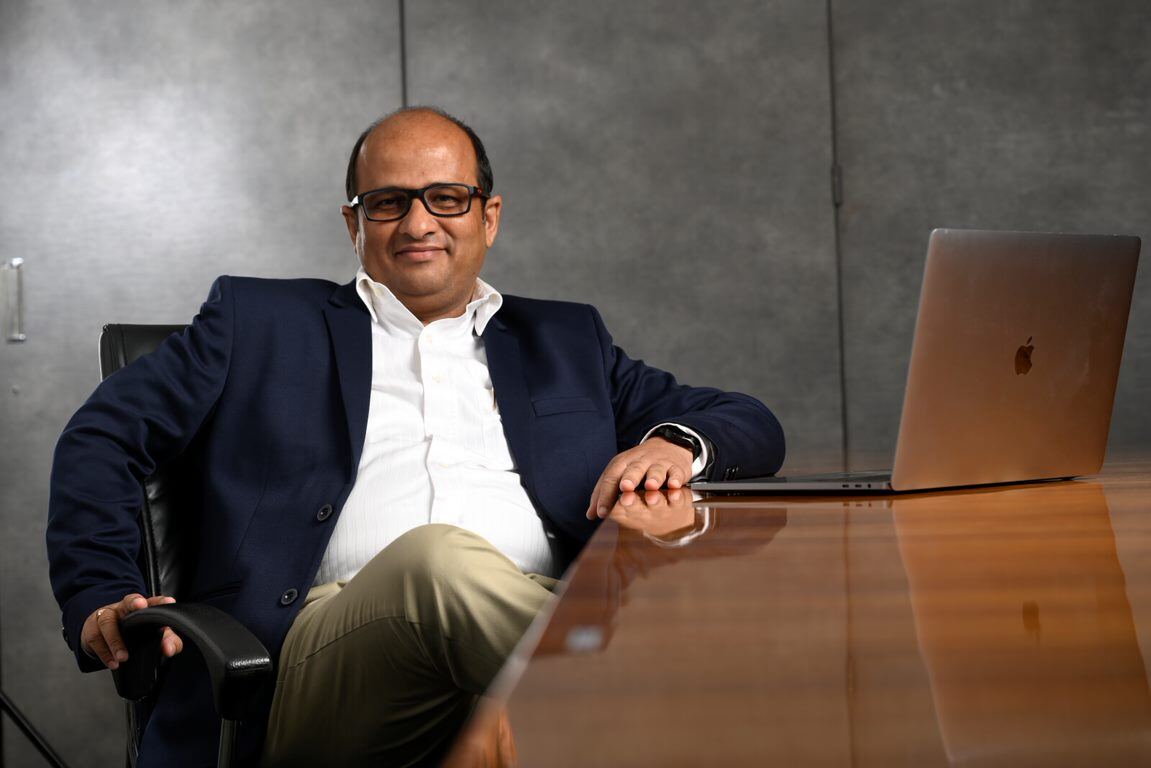
Critical Consideration When Choosing Pipes for Hot & Cold Plumbing
Luxurious apartments stand out from others because of the quality and abundance they promise. This feeling of having an opulent lifestyle is ensured by premium-quality construction, which also includes a strategically built plumbing system. Selecting the right piping material serves as a critical decision that contributes to the construction and maintenance of buildings, thus impacting everything ranging from long-term durability to day-to-day functionality. To find the perfect material, it is crucial to consider factors including corrosion resistance, noise levels, overall material strength, ability to withstand extreme temperatures, etc. This quest often leads one to focus on the merits of CPVC (Chlorinated Polyvinyl Chloride) in meeting the standards of modern-day construction. Let’s learn more about its role and impact on the construction of luxury buildings.
Elevating Construction: The Benefits of CPVC
Choosing the right one is pivotal in considering pipes for hot and cold plumbing water applications for high-rise buildings, particularly in high-end and luxury developments. CPVC pipes offer significant advantages, elevating the overall quality and functionality of buildings. Unlike traditional materials, CPVC pipes resist corrosion, a critical factor in maintaining long-term water quality and pipe integrity. This resistance is especially important in luxury building constructions, where quality and durability are paramount to match the high level of investment.
The Strengths of CPVC: Unveiling Its Key Properties
CPVC building pipes boast several key properties that make them superior to conventional materials used in building construction. They are immune to pitting corrosion, a serious issue with metals like copper, where tiny pinholes or cavities can lead to system failure. Pitting corrosion not only compromises the structural integrity of CPVC pipes used for potable water applications in buildings but can also lead to elevated levels of copper ions in the drinking water supply, posing potential health risks. Furthermore, CPVC's smooth, nonporous interior surfaces prevent bacterial colonisation, making them an ideal choice for maintaining water purity.
CPVC vs Traditional Materials: A Comparative Analysis
When comparing CPVC to traditional materials such as copper, several factors stand out. CPVC pipes do not suffer from the corrosive effects of chlorine in water, which can exacerbate bacterial growth and pipe deterioration in copper pipes. This makes CPVC a more durable and safer option for plumbing in buildings. Moreover, CPVC pipes have a lower noise emission level compared to copper, significantly reducing the water hammer effect - a common issue in metal piping systems that causes loud noise and can be a nuisance in residential and commercial buildings.
Tailored Solutions: CPVC's Role in High-Rise Plumbing
In high-rise building construction, where plumbing systems face unique challenges due to increased pressure and gravity effects, CPVC pipes provide tailored solutions. Their strength, coupled with resistance to corrosion and low noise levels, makes them particularly suited for such demanding applications. Designers and architects prefer CPVC for these environments, as it ensures a quieter, safer, and more reliable plumbing system compared to metal alternatives.
CPVC's Unique Design Considerations for Heights
For high-rise buildings, CPVC fittings and pipes offer unique advantages. Their lightweight nature makes them easier to install and handle in tall structures. Additionally, CPVC's resistance to temperature variations and pressure fluctuations makes it a reliable choice for such buildings where water supply systems are subjected to diverse environmental stresses.
FlowGuard Plus to Your Rescue
FlowGuard Plus CPVC emerges as a top choice in CPVC piping systems for high-end construction, acclaimed for its superior water quality and safety, endorsed by agencies like NSF International. Its exceptional chlorine resistance prevents pipe deterioration, common in materials like PPR. This system excels in biofilm resistance, outshining copper and other plastics in maintaining water purity. Installation is straightforward, cost-effective, and safer than Galvanized Iron, PEX and PPR systems, using solvent cement for durable joints. Supported by Lubrizol's quality assurance, FlowGuard Plus CPVC offers a reliable, long-term solution for building piping needs.
Frequently Asked Questions on CPVC Pipes for Buildings
- What are the primary benefits of using CPVC in high-rise construction projects?
CPVC pipes are highly beneficial in high-rise constructions due to their excellent resistance to corrosion, lightweight nature, low noise transmission, and durability under varying pressure and temperature conditions. These properties ensure a long-lasting, efficient, and quieter plumbing system, crucial in multi-story buildings.
- What specific design considerations should be taken into account when using CPVC in tall buildings?
When using CPVC in tall buildings, it's important to consider factors like pressure changes due to height, thermal expansion, and contraction, and the need for secure and stable pipe support systems. Designing for easy maintenance access and considering the building's fire safety requirements are also critical.
- Are there any safety standards or building codes that must be followed when using CPVC in high-rise plumbing systems?
Yes, installation of CPVC plumbing systems in high-rise buildings requires adherence to various national and international standards and codes to ensure safety and reliability. FlowGuard® CPVC meets or exceeds important international standards such as ASTM International, NSF International, BIS (Bureau of Indian Standards), and British Standards (BSi) . These standards cover manufacturing specifications (ASTM D1784, ASTM F437, ASTM F439, ASTM F441, EN ISO 15877), performance (ASTM F493, ASTM F656, NSF 14, NSF 61), and installation procedures (ASTM D2855, ASTM F402). Compliance with these guidelines ensures the safe and effective use of CPVC in building plumbing systems.

Prasenjit Misra
Prasenjit Misra, an accomplished professional, having extensive exposure in plumbing field, currently holds the position of Lead Demand Creation & Business Development of TempRite South Asia division at Lubrizol India.
